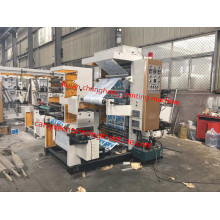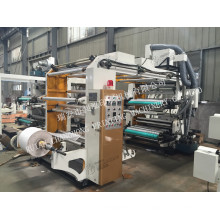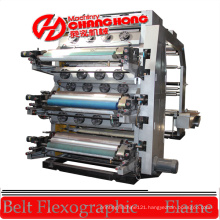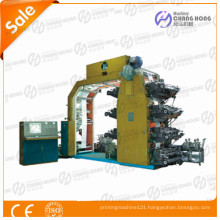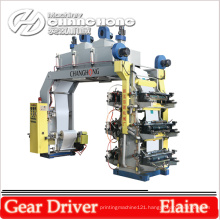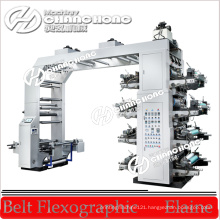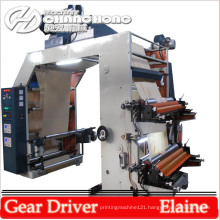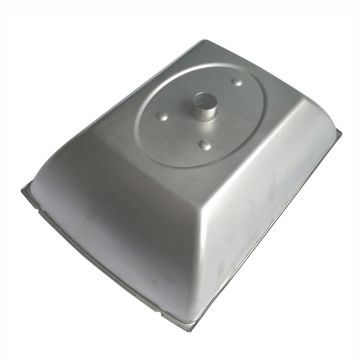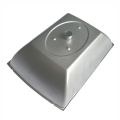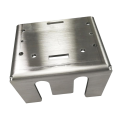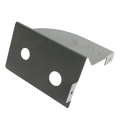laser cutting service nickel
Product Description
How Does Laser Cutting Work?
Laser cutting uses a high-power laser which is directed through optics and computer numerical control (CNC) to direct the beam or material. Typically, the process uses a motion control system to follow a CNC or G-code of the pattern that is to be cut onto the material. The focused laser beam burns, melts, vaporises or is blown away by a jet of gas to leave a high-quality surface finished edge.
The laser beam is created by the stimulation of lasing materials through electrical discharges or lamps inside a closed container. The lasing material is amplified by being reflected internally via a partial mirror until its energy is enough for it to escape as a stream of coherent monochromatic light. This light is focused at the work area by mirrors or fibre optics that direct the beam through a lens which intensifies it.
At its narrowest point, a laser beam is typically under 0.0125 inches (0.32 mm) in diameter, but kerf widths as small as 0.004 inches (0.10mm) are possible depending on material thickness.
Where the laser cutting process needs to start anywhere other than the edge of the material, a piercing process is used, whereby a high power pulsed laser makes a hole in the material, for example taking 5-15 seconds to burn through a 0.5-inch-thick (13 mm) stainless steel sheet.
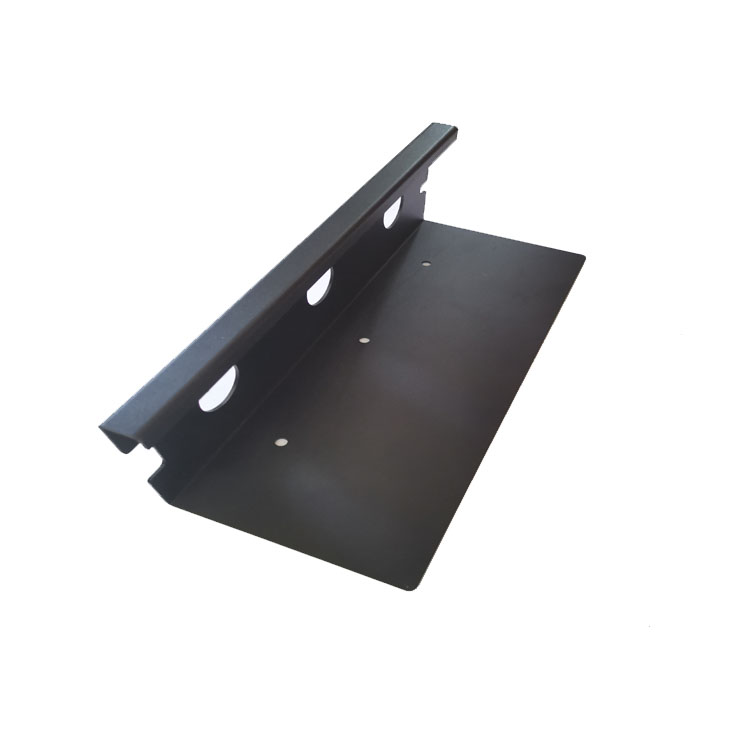
Types of Laser Cutting
This process can be broken down into three main techniques - CO2 laser (for cutting, boring, and engraving), and neodymium (Nd) and neodymium yttrium-aluminium-garnet (Nd:YAG), which are identical in style, with Nd being used for high energy, low repetition boring and Nd:YAG used for very high-power boring and engraving.
All types of lasers can be used for welding.
CO2 lasers involve the passing of a current through a gas mix (DC-excited) or, more popularly these days, using the newer technique of radio frequency energy (RF-excited). The RF method has external electrodes and thereby avoids problems related to electrode erosion and plating of the electrode material on glassware and optics that can occur with DC, which uses an electrode inside the cavity.
Another factor that can affect laser performance is the type of gas flow. Common variants of CO2 laser include fast axial flow, slow axial flow, transverse flow, and slab. Fast axial flow uses a mixture of carbon dioxide, helium and nitrogen circulated at a high velocity by a turbine or blower. Transverse flow lasers use a simple blower to circulate the gas mix at a lower velocity, while slab or diffusion resonators use a static gas field which requires no pressurisation or glassware.
Different techniques are also used to cool the laser generator and external optics, depending on the system size and configuration. Waste heat can be transferred directly to the air, but a coolant is commonly used. Water is a frequently used coolant, often circulated through a heat transfer or chiller system.
One example of water cooled laser processing is a laser microjet system, which couples a pulsed laser beam with a low-pressure water jet to guide the beam in the same manner as an optical fibre. The water also offers the advantage of removing debris and cooling the material, while other advantages over ‘dry’ laser cutting include high dicing speeds, parallel kerf, and omnidirectional cutting.
Fibre lasers are also gaining popularity in the metal cutting industry. This technology uses a solid gain medium rather than a liquid or gas. The laser is amplified in a glass fibre to produce a far smaller spot size than that achieved with CO2 techniques, making it ideal for cutting reflective metals.

Why Choose Bergek
professional custom CNC Machining Parts Manufacturer in China
* Guangdong Aluminum Application Precision Technology Co, Ltd was established in 2012 and has over 10 years experience of in researching. developing and manufacturing CNC Machining Parts
* We have the recognition of famous brand customers all over the world
* Our company has more than 200 professional employees and over 10000 sqm modern factory area
* Our products own many patents and quality system certifications ISO 9001
* Our products own many patents and quality system certifications ISO 9001 is over 250,000 tons, exported to over 120 countries.
Product Categories : Laser Cutting

